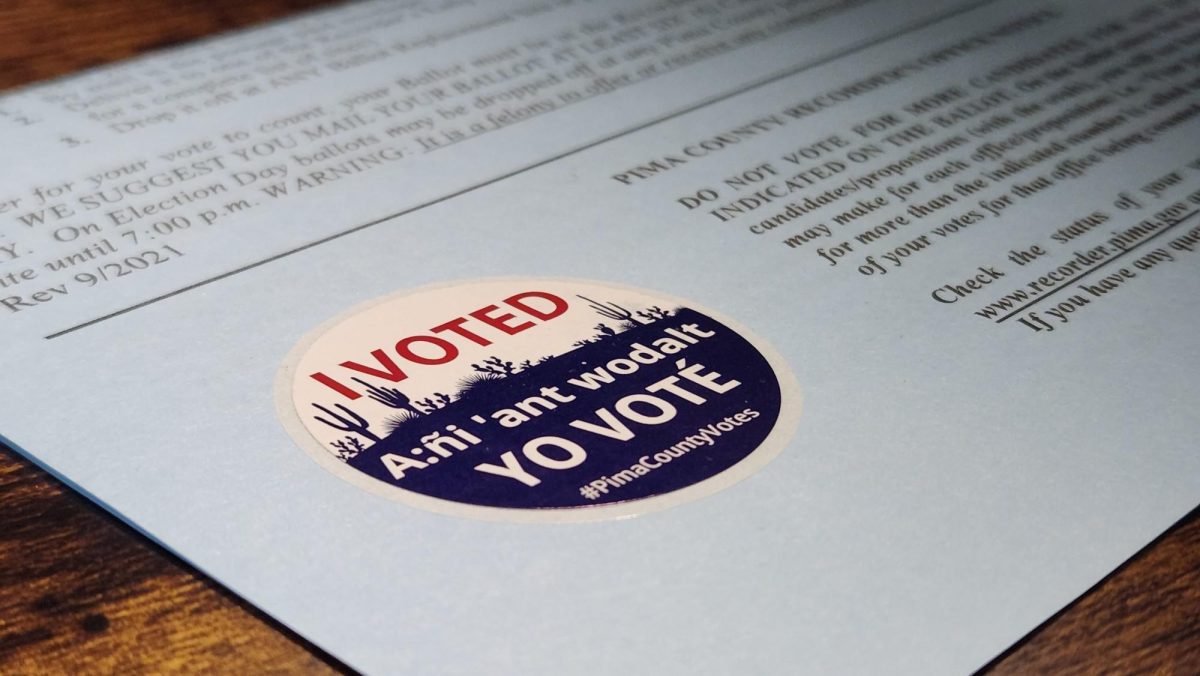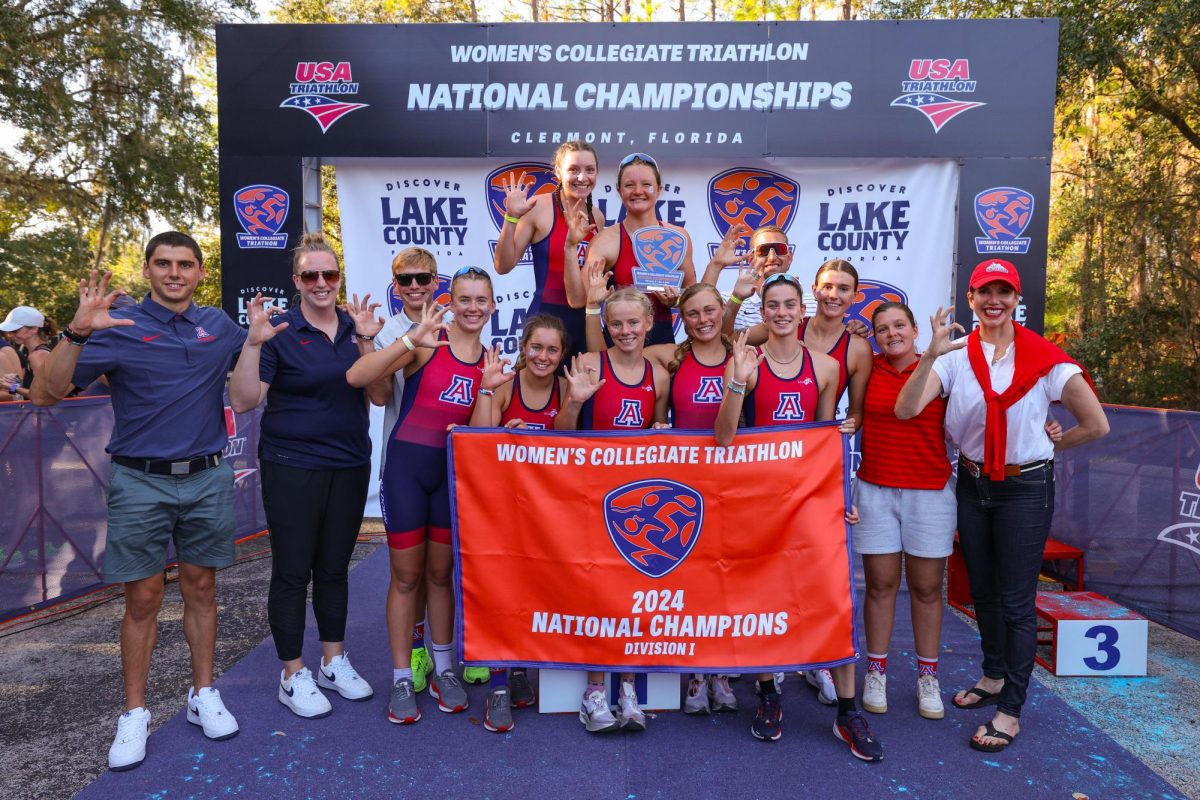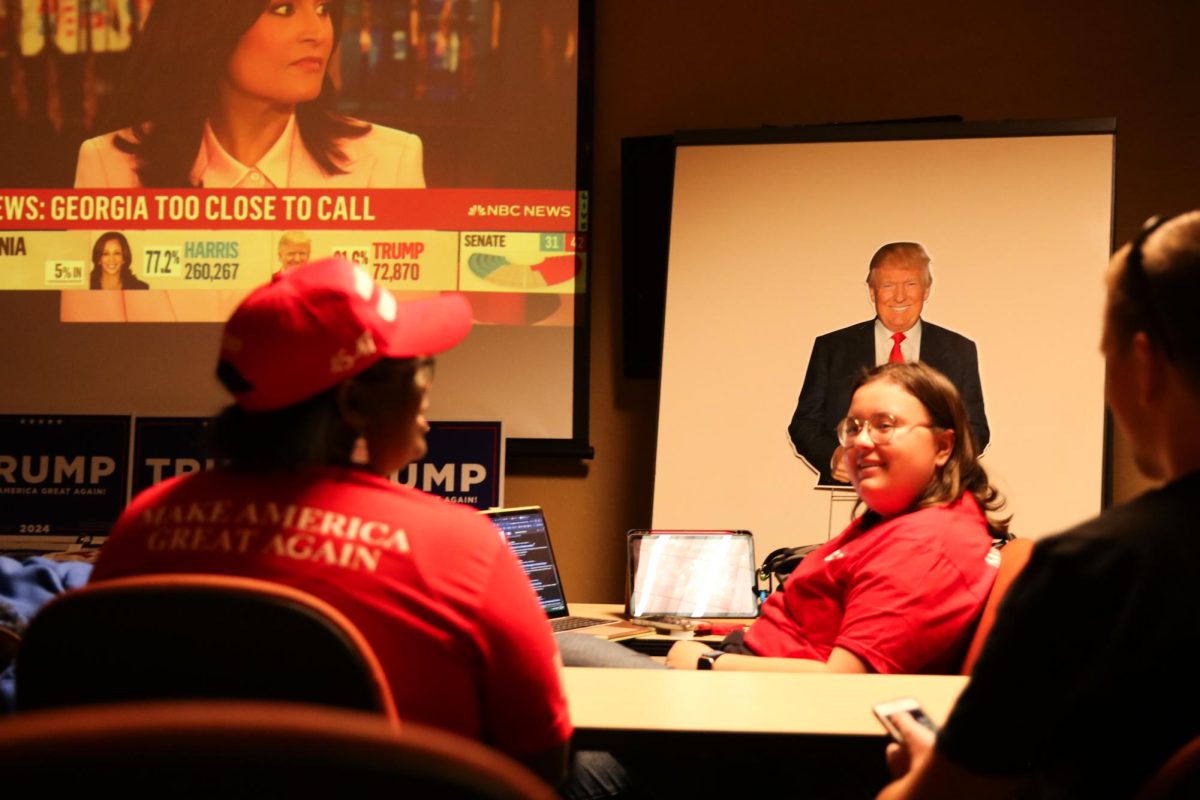The July 30 Arizona primary election began the countdown to the general elections, with races ranging from the U.S. Senate to local offices on the ballot for Arizona voters .
In a primary election, voters vote according to their registered parties unless they were previously unaffiliated with a party. The winning candidates then advance to the general election, where voters can support the candidate who they believe best represents their values and concerns, regardless of party affiliation.
In Arizona, presidential candidates were chosen through a previously held presidential preference election in March. So, all candidates on the July primary election ballot represented constituents from Arizona on the national, county, district and precinct levels.
According to The New York Times, the most critical race for Arizona voters to pay attention to is the Senate race to replace former Senator Kyrsten Sinema.
In the Senate primary, registered Republican voters chose Kari Lake, and registered Democrats chose Rep. Ruben Gallego, who ran uncontested.
Lake received 55.4% of the Republican vote, with her closest opponent being Mark Lamb, who received 39.4%.
Lake previously ran for governor against current Governor Katie Hobbs and has become a national name due to former President Donald Trump’s support of her and her repetition of Trump’s election fraud claims.
Lake’s nationwide recognition and the importance of this open Senate seat in an already purple state makes this election a must-watch.
Gallego swept his primary, running without another Democratic challenger.
The New York Times also referred to the race for House District 6, which affects the Tucson area, as a “tossup,” meaning that it could go either way for the Democratic or Republican candidate in November.
Many U.S. House seats are up for grabs, but only two affect the Tucson general area. For Arizona’s 6th Congressional District, Republicans voted for incumbent Juan Ciscomani and Democrats voted for Kirsten Engel, a former Arizona state senator.
Ciscomani received 59.3% of the vote, with opponent Kathleen Winn receiving 40.6%. Engel ran uncontested.
In the election for Arizona’s 7th Congressional District, registered Democrats voted for incumbent Raúl Grijalva and Republicans voted for Daniel Butierez. Both candidates ran uncontested.
Other elections that affect Pima County and areas directly surrounding the University of Arizona include the primary election for State House District 20, State Senate District 20 and Pima County Sheriff.
No Republican was on the primary ballot for the state House and state Senate elections for District 20.
In both House and Senate primary elections, voters can choose two candidates to vote for. In the state senate election, Democrat Sally Gonzales ran uncontested and won. In the state House election, Democrats Alma Hernandez and Betty Villegas both won.
In the election for Pima County Sheriff, Republicans voted for Heather Lappin, and Democrats voted for Chris Nanos.
Lappin received 44.7% of the vote, beating Bill Phillips, who received 40.1%. Nanos received 60.4% of the vote against opponent Sanford Rosenthal, who received 39.6%.
For more election results, voters can look at Arizona Secretary of State Adrian Fontes’ page for the 2024 primary results.
The candidates for the November general election are now known. While candidates continue and adapt their campaigns, voters can do their own homework.
Ballotpedia can help prospective voters find information about ballot measures and candidates at all government levels, with sample ballots and candidate questionnaires to learn who’s running.
Follow the Daily Wildcat on Instagram and Twitter/X









